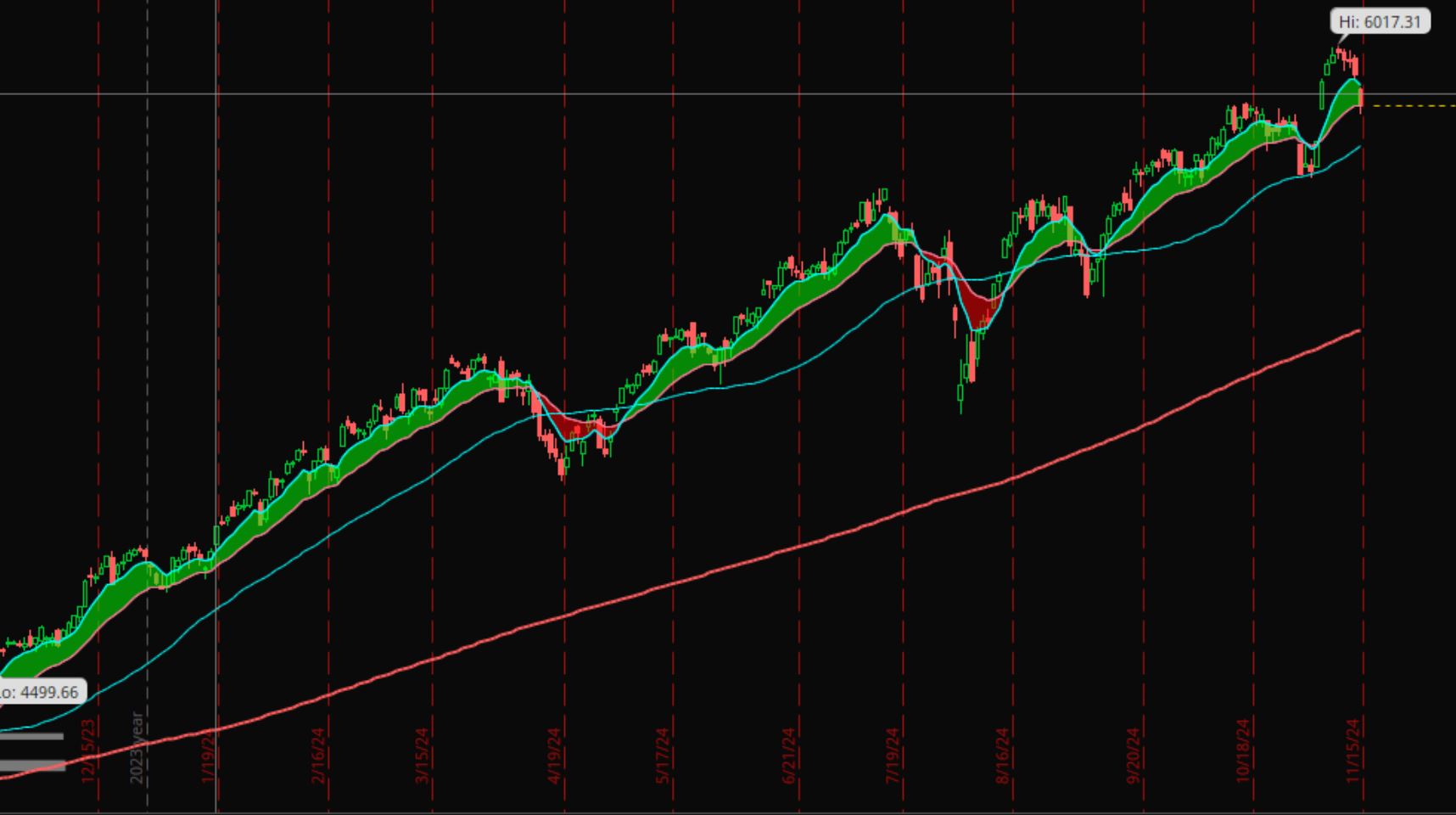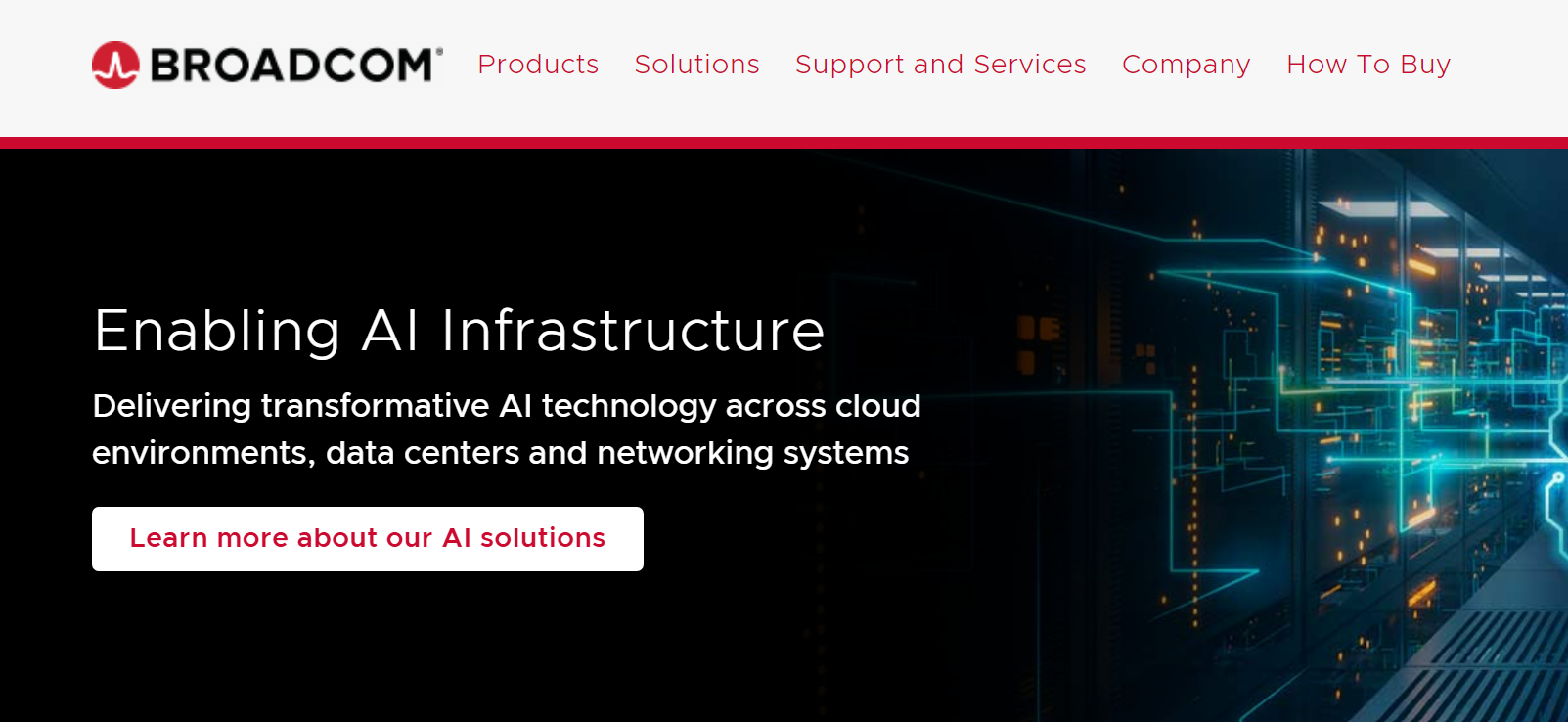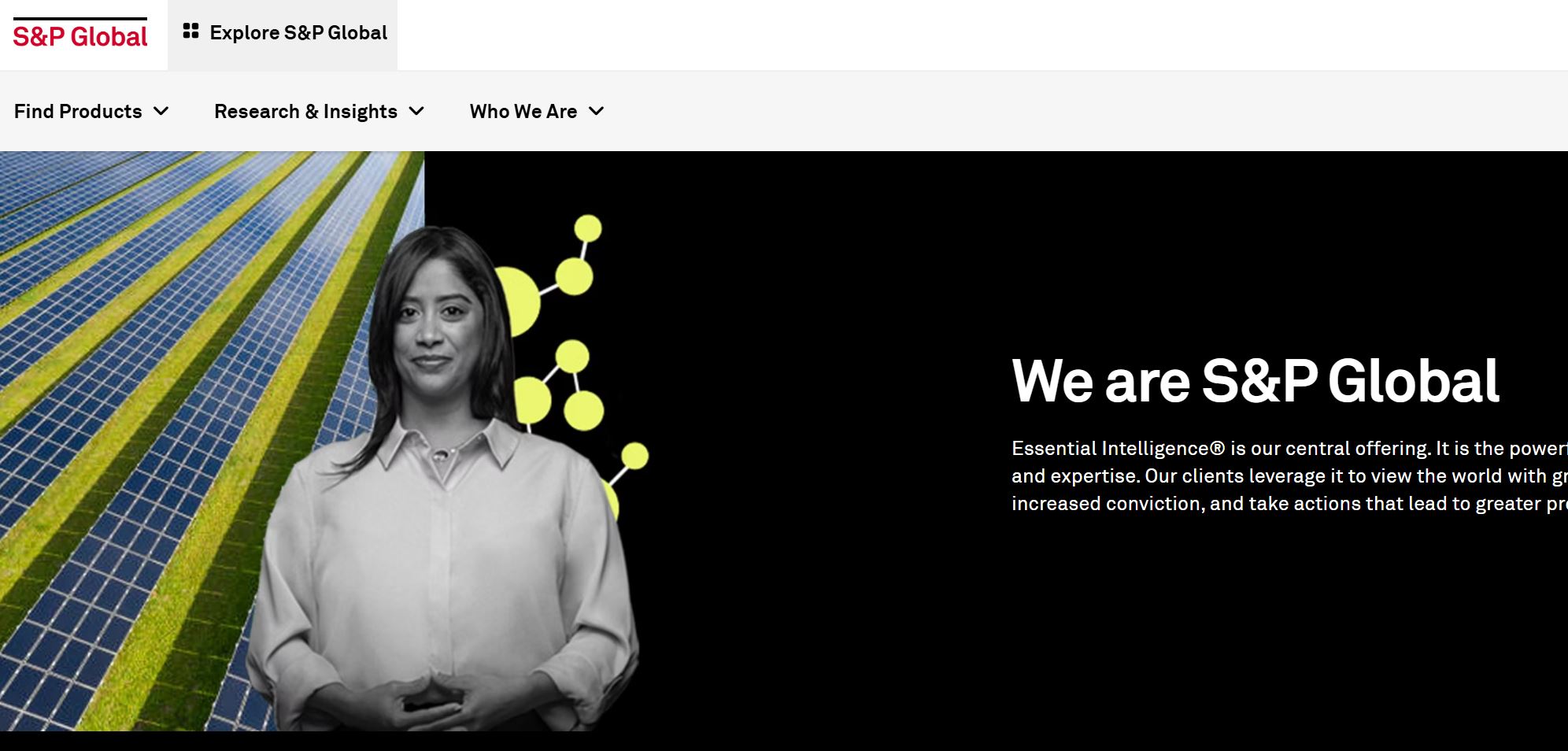In Lesson 1, we learned that the cornerstone of Warren Buffett’s approach is simple but powerful: don’t lose money. That principle forms the foundation for everything we do as long-term investors. But how do we put it into practice?
Buffett himself gave us the answer:
**“The two requirements for a great investment are:
- A wonderful business
- An attractive price”**
Let’s break each of those down in a way you can use—no matter where you are on your investing journey.
🏢 Requirement #1: A Wonderful Business
“A wonderful business is one you understand, with a durable competitive advantage, and strong financial performance.”
Let’s be clear: not all businesses are created equal. Most are average. Some are poor. Only a few are truly wonderful.
✔️ What Makes a Business “Wonderful”?
A wonderful business is one you:
- Understand (its product, market, and how it makes money)
- Can see dominating its industry for decades
- Can measure through consistent financial metrics (we’ll come to this soon)
If you can’t explain the business clearly and simply, then it’s not a wonderful business—for you. We don’t invest in mysteries. We invest in what we understand.
💰 Requirement #2: An Attractive Price
“Price is what you pay. Value is what you get.” – Warren Buffett
Buying a great business isn’t enough. You also need to get it at a discount to what it’s truly worth.
✔️ What Makes a Price “Attractive”?
An attractive price means:
- You’re paying well below the business’s intrinsic value
- You have a margin of safety in case your estimates are wrong
Buying $10 of value for $6 gives you a cushion. It reduces risk and increases your upside. And when you do this consistently, you don’t need to hope — you expect success.
🧠 Why Most People Don’t Do This
This process is simple, but not easy. You’ll find that:
- Most businesses are either too complex or too weak.
- Truly wonderful businesses at a fair price are rare.
That’s why patience and discipline are your biggest edge. As Buffett says:
“Opportunities come infrequently. When it rains gold, put out the bucket, not the thimble.”
🔍 How Do You Know If a Business Is Wonderful?
You need a filter — a framework to screen out weak companies and zero in on potential winners.
That’s where the 4 Ms of Investing come in.
🧩 The 4 Ms of Investing
1. Mastery (Do you understand it?)
Can you explain what the company does, how it makes money, and why it matters? Is it within your circle of competence?
If not, pass.
2. Moat (What protects it?)
Does the company have a durable competitive advantage?
Moats include:
- Brand loyalty (e.g., Coca-Cola)
- Network effects (e.g., Google)
- Switching costs (e.g., Microsoft)
- Cost advantages or patents
A strong moat protects profits and helps the company thrive in tough times.
3. Metrics (Do the numbers back it up?)
This is where we move away from subjective judgment and look at objective financial performance.
Here are five key numbers to check:
| Metric | What It Shows |
|---|---|
| ROIC | Efficiency in generating returns on invested capital |
| Revenue Growth | Top-line growth — is demand increasing? |
| EPS Growth | Profitability per share over time |
| Book Value per Share Growth | Equity growth for shareholders |
| Free Cash Flow Growth | Real cash the business is producing |
These numbers help you see through hype and get to the truth.
4. Margin of Safety (Is it on sale?)
No matter how good the business, it must be undervalued. Only then do we buy.
We use valuation tools like:
- Discounted Cash Flow (DCF)
- Price multiples (P/E, P/FCF)
- Comparables and scenario analysis
If there’s no margin of safety, we wait.
📚 Case Study: Alphabet (GOOGL)
Let’s run Alphabet through the 4 Ms.
✅ Mastery
Alphabet owns Google, YouTube, Android, Chrome, and Google Cloud. Its business model is easy to grasp: most revenue comes from ads; the rest from cloud services, hardware, and other bets. This is a business many of us interact with daily and can understand.
✅ Moat
Alphabet’s moat is massive:
- Search dominance: ~90% market share
- YouTube: unmatched video platform
- Android: the world’s leading mobile OS
- Network effects and data scale Its products are embedded in daily life, and the switching cost is high. Competitors would need billions and decades to catch up.
✅ Metrics (as of recent years):
- ROIC: Consistently >15%
- Free Cash Flow: Tens of billions annually
- Revenue Growth: Steady double-digit increases
- EPS Growth: Strong and consistent
- Low debt and massive cash reserves
These metrics confirm: Alphabet is not just good — it’s a wonderful business.
✅ Margin of Safety
Let’s say our valuation shows Alphabet is worth $160/share. If the market is offering it at $120, that’s a 25% discount. That’s our buy zone. If it’s above $160, we wait.
💡 Summary
The 4 Ms help you filter out noise and focus on what matters. Whether it’s a giant like Alphabet or a small niche player, this framework works.
✔️ Mastery — Do you understand it?
✔️ Moat — Is it protected from competition?
✔️ Metrics — Do the numbers prove it’s strong?
✔️ Margin of Safety — Can you buy it for less than it’s worth?
Stick to these — and the market will reward your discipline.
🔑 Key Takeaway
Before every investment, ask:
Is it a wonderful business?
Is it on sale?
If the answer to either is no, you wait. No FOMO. No guesses. Just clarity and control.












Leave a Reply